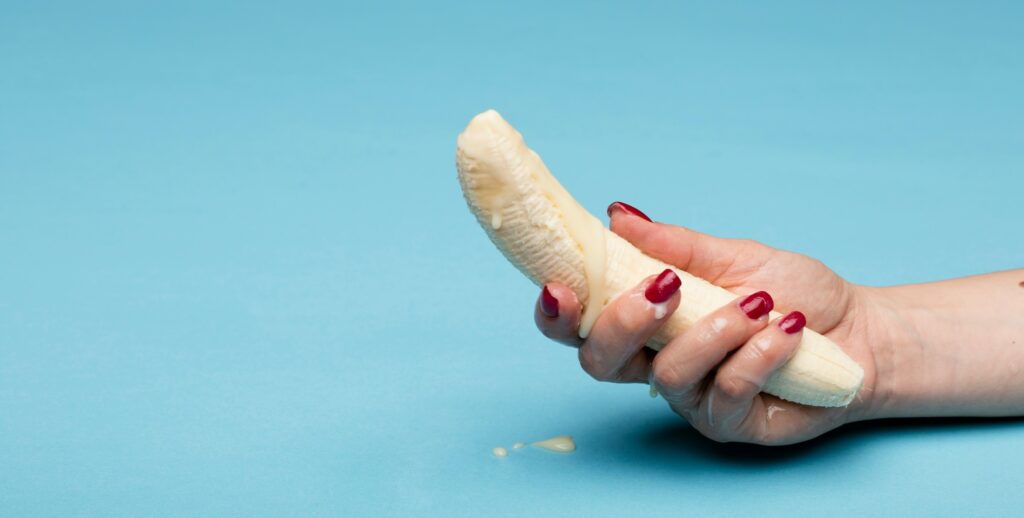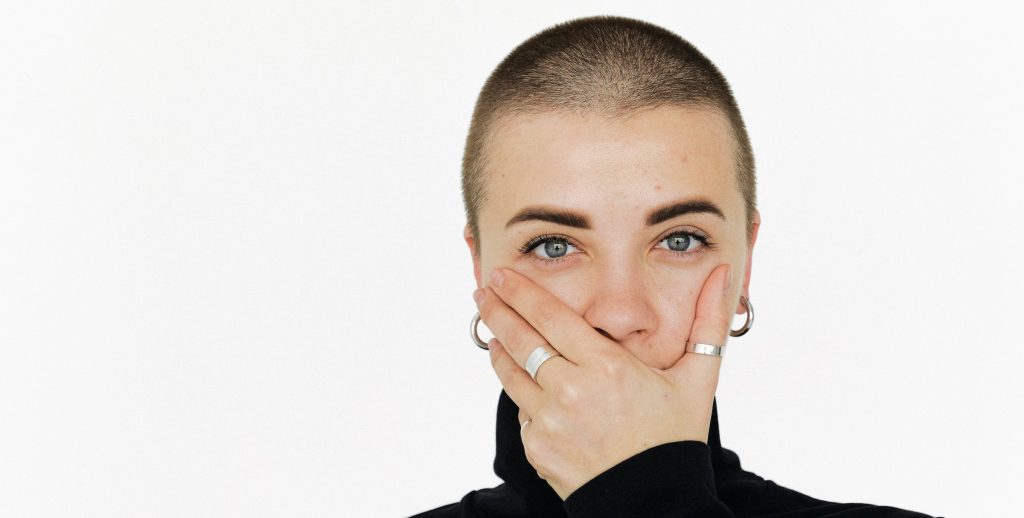If you’re worried about having a sexually transmitted infection, it makes sense that you’d want to know all the details: what you have, when you got it, and how it’ll appear.
When we’re scared, we crave certainty and we look for answers. If you think you have something, you want to know exactly what will happen.
Unfortunately, the reality’s a bit more complicated. But your search for answers isn’t a bad impulse – in fact, it’s what might save you from some bad health outcomes.
So, when do STD symptoms start? Let’s find out together.
What are STIs?
First, let’s talk about the thing you’re probably worried about: STIs. Knowing more about what they are will help you navigate this potentially stressful time with a bit of clarity.
Sexually transmitted infections (STIs) are primarily infections you get from sexual activity. If “sexual activity” sounds vague, that’s because it has to be. The term is meant to encompass a wide range of activities, like vaginal sex, anal sex, oral sex, sharing sex toys, foreplay, digital stimulation, and more.
So, you might think that from this definition, you only get STIs from sex, right?
Not so fast.
While the vast majority of STIs are transmitted through sex, someone can also get certain STIs in a variety of other ways, including:
- Skin-to-skin contact
- Sharing needles for intravenous drugs
- Kissing
- Getting tattoos with unsterilsed tattooing equipment
- During childbirth
- During breastfeeding
This makes being vigilant about your sexual health all the more important if you’re sexually active. While being intimate with another person can be great, all sexual activity carries certain risks. It’s important to know those risks so you can respond to any situation appropriately.
Do all STIs cause symptoms?
Here’s the thing: you’d think if you get sick with something, you’d know it, because, well…you’ll get symptoms, right?
Again, hold your horses.
One little fact that most people don’t know about STIs: MOST of them of them don’t cause any symptoms.
That’s right. If you get an STI, you may not experience any symptoms, especially during the first days and weeks of the infection.
Some STIs may cause such minor symptoms that you may not notice them. Or, the symptoms you experience might be confused with other, less serious conditions, like a cold, the flu, dry skin, pimples, or something else.
All this is to say that just because you don’t have any symptoms doesn’t mean you don’t have an infection.
If symptoms do appear, when?
It’s difficult to put a hard date on when your symptoms will appear if you have an infection. Every STI is different. Some people may experience symptoms fairly soon after the infection, and another person might go months or years without knowing they have it.
With all that said, here is a list of the most common STIs and when their symptoms most commonly appear:
| STI | STI type | Incubation period |
| Chlamydia | Bacterial | 14 days |
| Gonorrhoea | Bacterial | 14 days |
| HIV | Viral | 28 days |
| HPV | Viral | NA |
| Syphilis | Bacterial | 9 days |
| Herpes | Viral | 28 days |
| Hepatitis B | Viral | 28 days |
| Hepatitis C | Viral | 10-12 days |
| Mycoplasma | Bacterial | 14 days |
| Ureaplasma | Bacterial | 14 days |
| Trichomonas | Bacterial | 14 days |
NOTE: It must be stressed again that the stats above are guidelines. They’re not definitive markers of when any symptoms will appear during an infection, if at all. DO NOT use these numbers to determine whether you have an infection or not.
Final thoughts
You shouldn’t wait for symptoms to appear to get tested. The sooner you identify your infection, the quicker you can get it treated, which will protect your health long-term.
Want a comprehensive view of your sexual health? Try Better2Know’s Platinum Screen – Australia’s most thorough STI screen on the market. It tests for the following 12 infections:
- Chlamydia
- Gonorrhoea
- Hepatitis B
- Hepatitis C
- Herpes I&II
- HIV
- Mycoplasma
- Syphilis
- Trichomonas
- Ureaplasma
- Urine culture
To find out more, click the button below.






